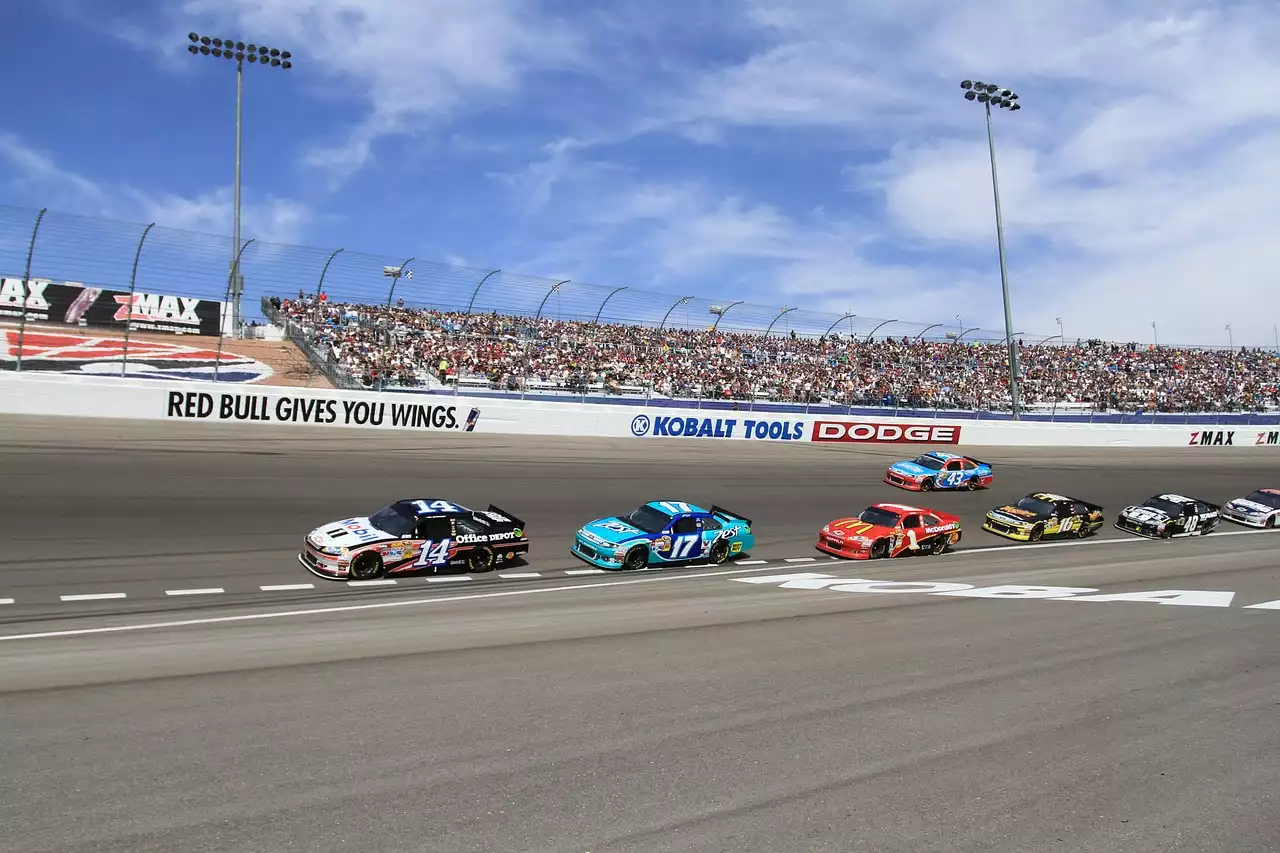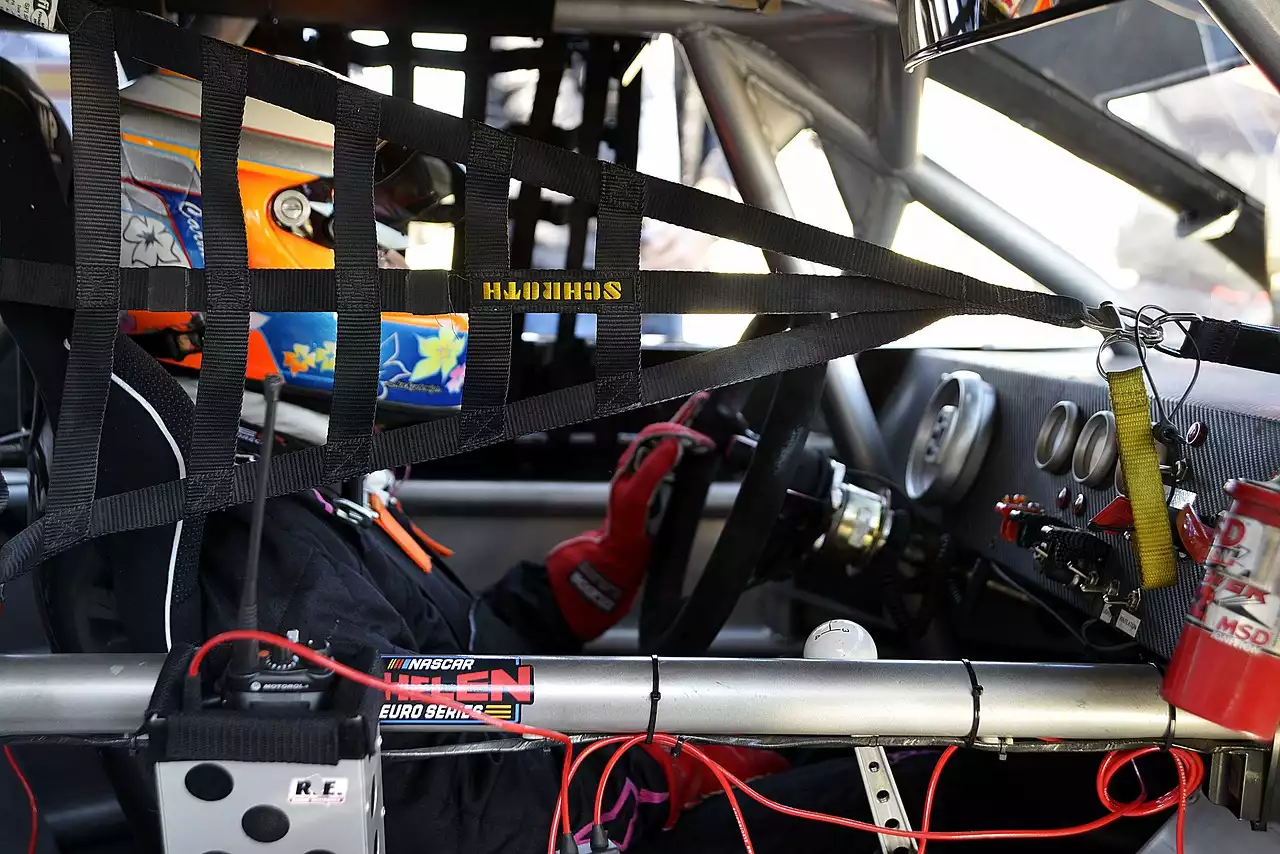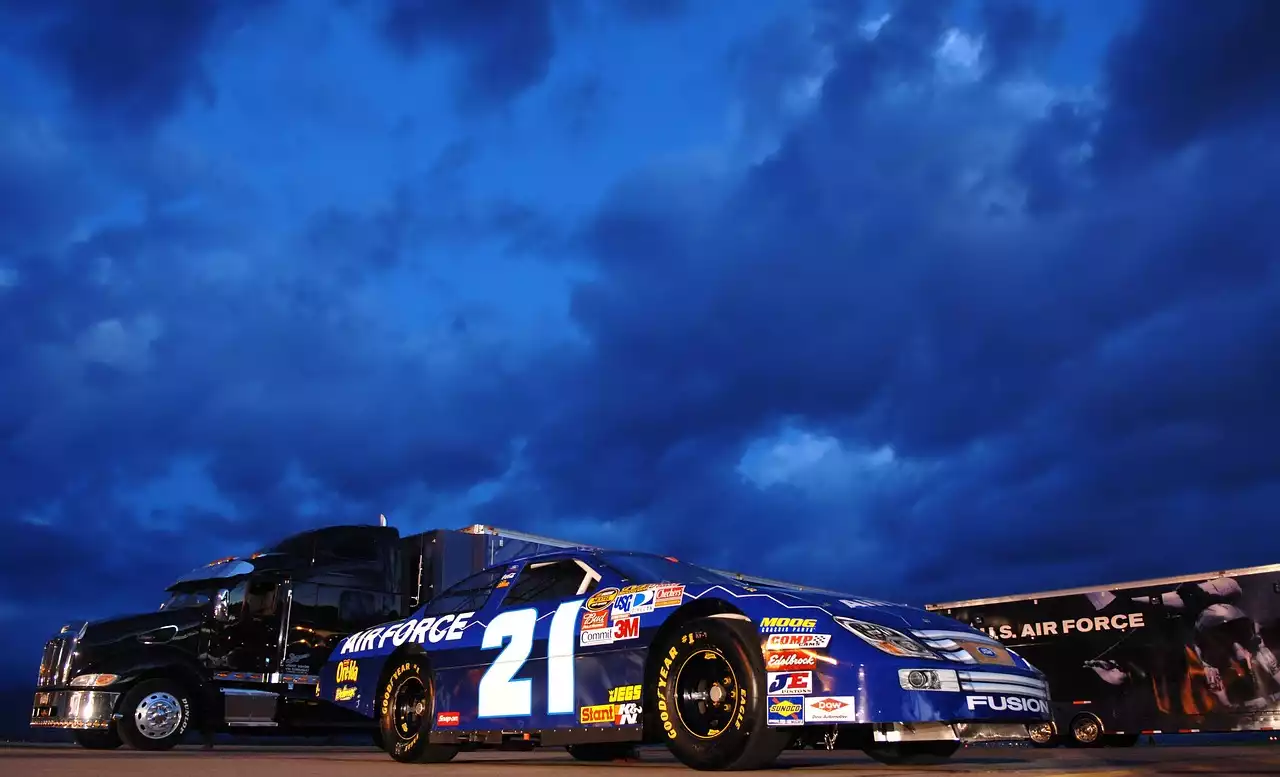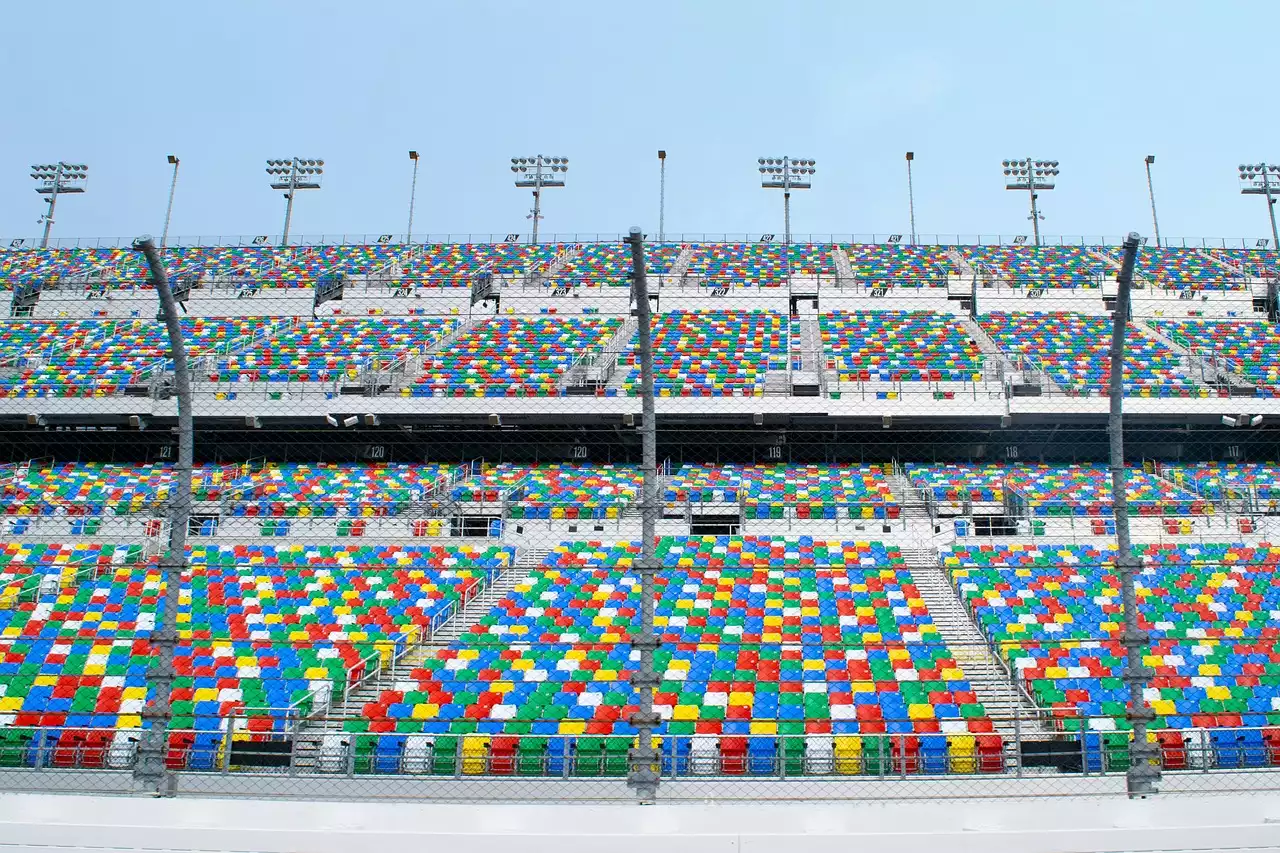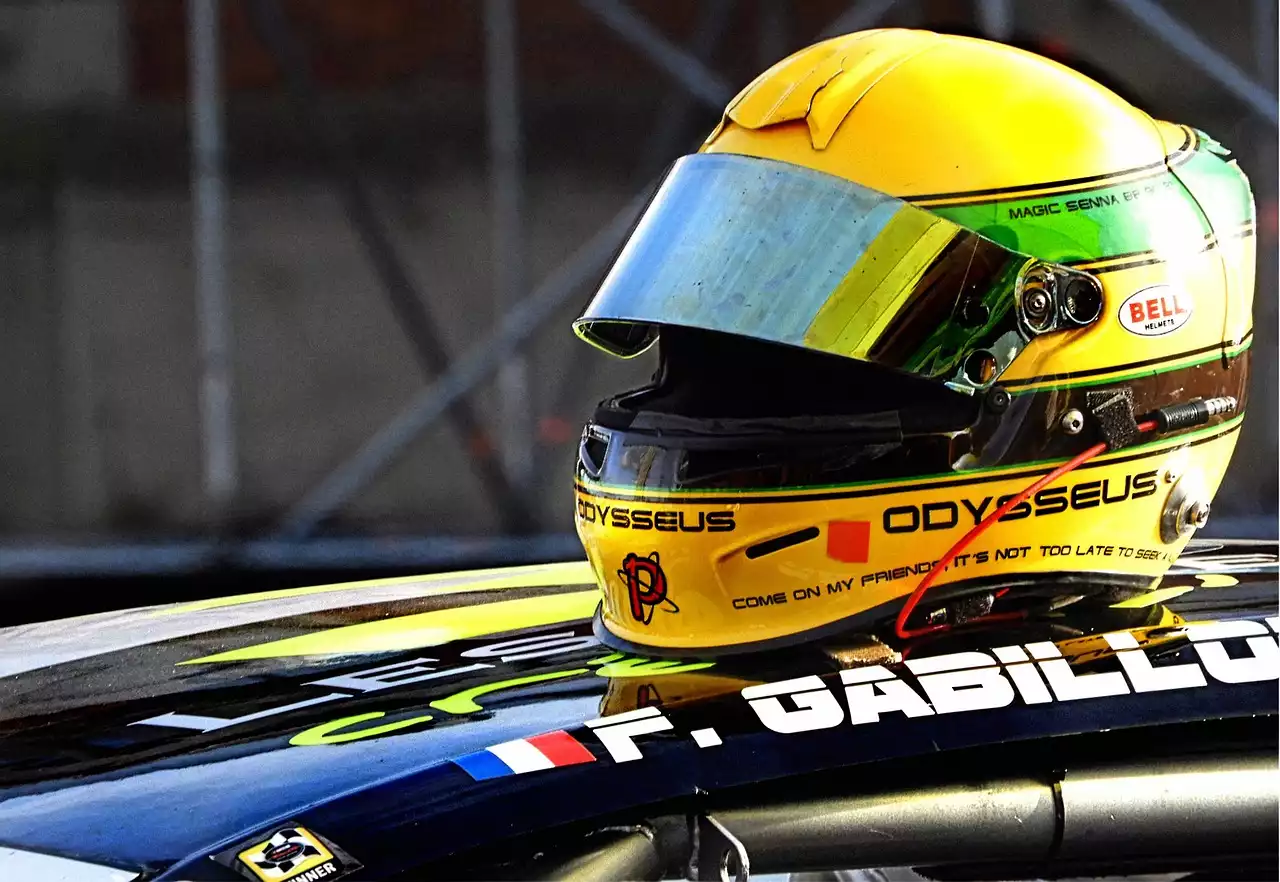History of the All-Star Race
The first All-Star Race, then known as The Winston, was held in 1985 in Charlotte, North Carolina. The race was created as a non-points exhibition event to showcase the best drivers in the sport and to provide a unique experience for fans. The inaugural race was won by Darrell Waltrip, who took home a then-record $200,000 in prize money.
Over the years, the All-Star Race has undergone several changes in format, venue, and name. The race has been held at various tracks, including Atlanta Motor Speedway, Bristol Motor Speedway, and Charlotte Motor Speedway, where it has been held since 1987. In 1992, the race was renamed The Winston Select, and in 2004 it was renamed the Nextel All-Star Challenge, before eventually being renamed the NASCAR Sprint All-Star Race in 2008.
Format of the All-Star Race
The All-Star Race format has evolved over the years, but it currently consists of four stages. The first three stages are 15, 15, and 30 laps, respectively, with a mandatory pit stop for all teams during the final segment. The winner of each of the first three stages earns a spot in the final stage, along with the drivers who have the best average finish across the first three segments. The final stage is a 10-lap shootout, with no mandatory pit stop, and a $1 million prize for the winner.
One of the unique features of the All-Star Race is the "choose cone" rule. When a caution flag is waved, drivers must select which lane they want to restart in. The driver in the lead chooses first, followed by the second-place driver, and so on. This rule adds an additional layer of strategy to the race, as drivers must decide whether to take the preferred inside lane or the potentially faster outside lane.
Unique Features of the All-Star Race
In addition to the "choose cone" rule, the All-Star Race has several other unique features that set it apart from regular season races. One of the most notable is the mandatory pit stop during the final segment. This gives teams an opportunity to make adjustments to their cars and potentially gain an advantage over their competitors.
Another unique feature is the introduction of special paint schemes for the race. Many teams will design special liveries for the All-Star Race, often incorporating unique colors or designs that are not seen during the regular season.
The All-Star Race also features a pre-race driver introduction ceremony, complete with pyrotechnics, music, and a red carpet. This gives fans a chance to see their favorite drivers up close and adds to the excitement of the event.
Most Memorable Moments in All-Star Race History
Over the years, the All-Star Race has produced some of the most memorable moments in NASCAR history. One of the most iconic moments came in 1992, when Kyle Petty and Davey Allison collided on the final lap, sending both cars spinning into the wall. The crash allowed Dale Earnhardt Sr. to sneak past and win the race.
Another memorable moment came in 2007, when Jeff Gordon and Jimmie Johnson battled for the win in the final segment. The two drivers made contact on the backstretch, sending Gordon spinning and allowing Johnson to take the victory.
The 2019 All-Star Race also provided plenty of excitement, with Kyle Larson and Bubba Wallace making contact in the final segment and Clint Bowyer and Ryan Newman engaging in a heated post-race altercation.
All-Star Race vs Regular Season Races
While the All-Star Race is not a points-paying event, it still holds a special place on the NASCAR calendar. The unique format and features of the race make it a fan favorite and a must-watch event for many NASCAR fans. The race also provides an opportunity for drivers and teams to try out new strategies and setups that they may not use during regular season races.
However, some critics argue that the All-Star Race is simply a spectacle and does not hold the same level of importance as regular season races. They point to the lack of points and the fact that the race is not held at one of NASCAR's premier tracks as evidence that the All-Star Race is not a true test of a driver's skill.
All-Star Race Betting and Odds
The All-Star Race is a popular event for sports bettors, with many sportsbooks offering odds and lines on the race. Bettors can wager on a variety of different outcomes, including the winner of each segment, the overall winner of the race, and the number of cautions during the event.
One of the challenges of betting on the All-Star Race is the unique format of the event. With multiple segments and a final 10-lap shootout, it can be difficult to predict who will come out on top. However, experienced bettors who are familiar with the drivers and teams competing in the race can find value in the odds and potentially make a profit.
All-Star Race Controversies
Despite its popularity, the All-Star Race has not been without controversy over the years. One of the most notable controversies came in 2002, when Tony Stewart was penalized for rough driving and intentionally wrecking another driver during the race. The incident led to a heated exchange between Stewart and the other driver's team, and resulted in a $50,000 fine for Stewart.
Another controversy came in 2015, when several drivers criticized the format of the race and called for changes to be made. Some drivers felt that the race was too gimmicky and did not showcase the true talent of the drivers.
Future of the All-Star Race
The future of the All-Star Race is uncertain, with NASCAR officials considering several potential changes to the event. One proposal is to move the race to a different venue each year, potentially rotating between different tracks in the NASCAR Cup Series. Another proposal is to change the format of the race to make it more of a true test of a driver's skill.
Despite the potential changes, one thing is certain: the All-Star Race will continue to be a fan favorite and a showcase of the best drivers in NASCAR. Whether it's the thrilling on-track battles, the unique features, or the special paint schemes, the All-Star Race is an event that captures the hearts and minds of NASCAR fans across the world. So buckle up and get ready for the ride of your life at the All-Star Race.
